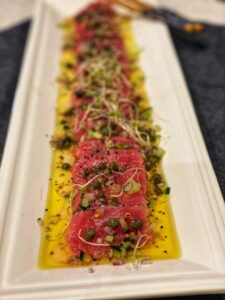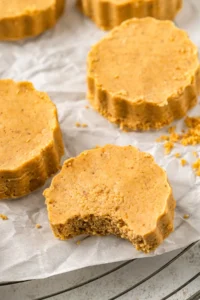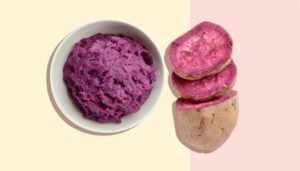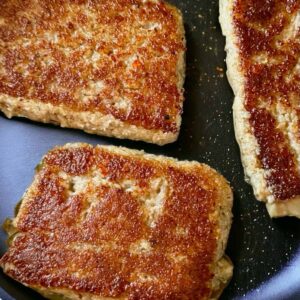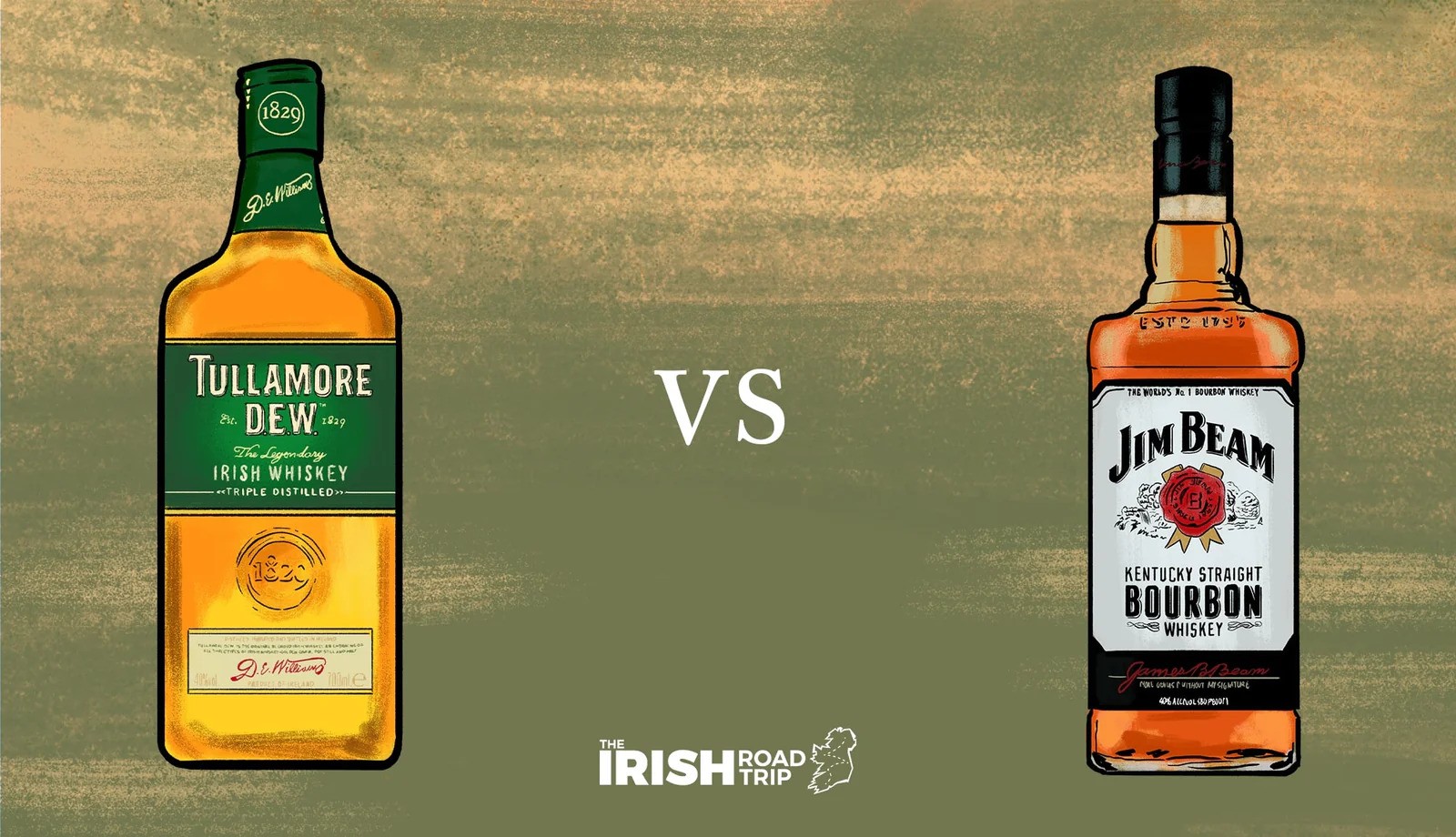
Introduction
For those who don’t consume a lot of brown liquor, the distinction between whiskey and bourbon may not be immediately evident. After all, whiskey and bourbon are both brown liquids with a similar appearance. Furthermore, you wouldn’t be incorrect if you simply called bourbon whiskey, adding to the potential misunderstanding. Similar to how Champagne is a sort of wine, bourbon is a type of whiskey. Thus, not all whiskey is bourbon, but all bourbon is whiskey.
Bourbon is made with at least 51% corn
The process of making and aging bourbon sets it apart from other whiskeys. All whiskey is aged in barrels after being manufactured from fermented grain. However, the type of whiskey depends on the grain and barrel types. According to the American Bourbon Association, a whiskey must be distilled from a blend of grains, or mash, that contains at least 51% maize in order to qualify as bourbon. It’s corn that gives bourbon its unique sweet taste.
Bourbon is always aged in new charred oak barrels
Additionally, bourbon cannot contain any colorings or chemicals and must be matured in fresh barrels made of charred wood. Barrels that have been used to mature other spirits can also be used to age other whiskeys; non-bourbon whiskeys can be aged in port, sherry, or rum casks, among other barrels. For bourbon to be called “straight bourbon whiskey,” it must be matured for at least two years in new barrels made of charred wood.
Bourbon has to hit certain ABV marks
Additionally, bourbon must reach a specific proof, or percentage of alcohol in the spirit, before it is barreled. The mash must be matured in barrels until it reaches 125 proof (62.5% alcohol by volume) or less, after which it must be distilled at 160 proof (or 80% alcohol by volume) or less. Bourbon is filtered and diluted to at least 80 proof (40% alcohol by volume) before it is bottled. varied whiskeys have varied ABV requirements for distillation and barreling. For instance, Scotch whiskey has a minimum bottling strength of 80 proof, or 40% ABV; however, the distillate has no set minimum or maximum ABV.
Bourbon doesn’t need to come from Kentucky (but it probably does)
One may have heard that a whiskey cannot be a bourbon unless it originates from Kentucky. Not quite; bourbon can be produced outside of that state. However, the spirit must be aged and distilled in Kentucky in order to be called a “Kentucky bourbon.” Even the term “bourbon” originates from the ancient Bourbon, located in what is now Bourbon County, Kentucky. Much as the Champagne region of France is linked with champagne, despite the fact that sparkling wine created using comparable techniques is produced elsewhere, most bourbon is made in Kentucky, though not entirely. Thus, you may be assured that the next time you order a bourbon, what’s in your glass will be more than simply whiskey—rather, it will be a particular (and tasty)
FAQS
How is bourbon different from whisky?
A succinct overview. A fermented mashed grain alcohol is referred to as whisky in general. Whiskey created from a grain blend containing at least 51% corn is referred to as bourbon. The majority of bourbon is still created in Kentucky, where it was historically made in Bourbon County.
Is bourbon as strong as whiskey?
The primary factor that determines the strength of whiskey, be it Irish or bourbon, is its alcohol by volume (ABV) concentration. While some varieties of bourbon and Irish whiskey may have higher alcohol concentration, both generally fall within the same 40% to 50% ABV range.

